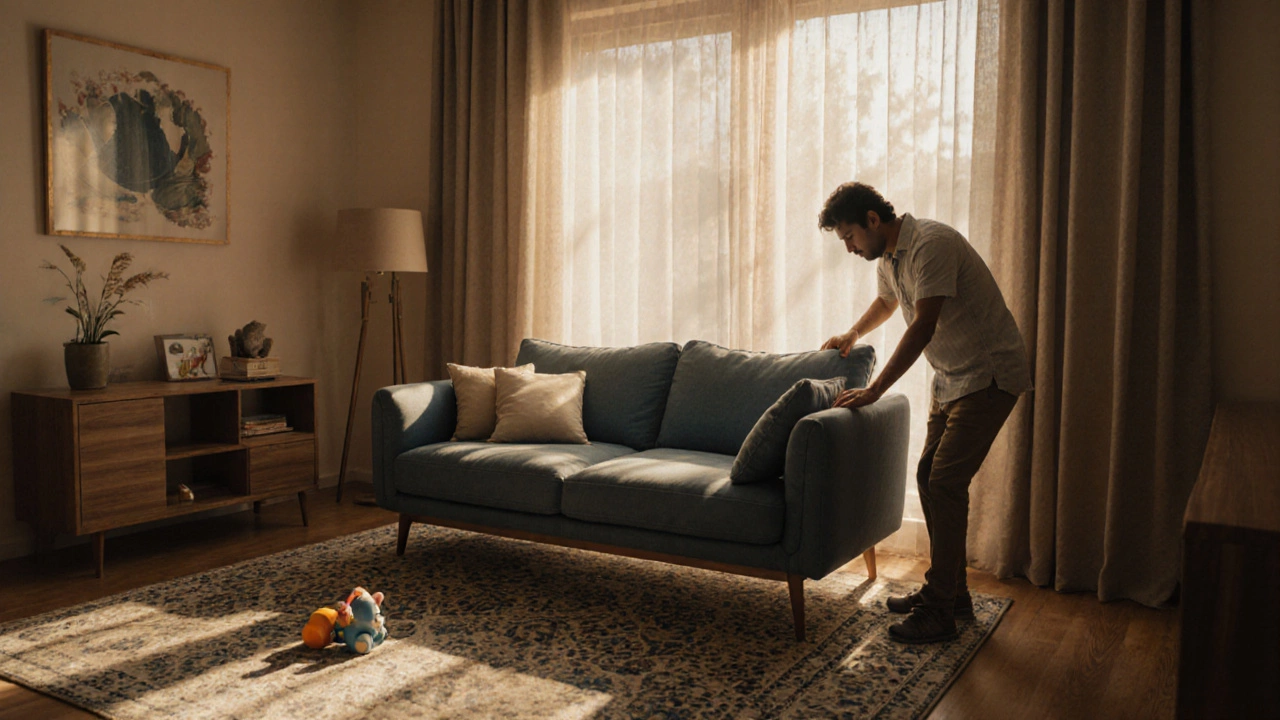Prevent Couch Cushion Movement
When dealing with Prevent Couch Cushion Movement, the goal is to keep sofa cushions from sliding around so your seating stays comfortable and looks tidy. Also known as cushion slip prevention, it becomes essential in homes with active kids, pets, or frequent rearranging.
One of the quickest fixes is using non-slip rug pads, thin rubber mats that sit under the couch or under a rug to create friction. These pads prevent couch cushion movement by increasing grip between the furniture legs and the floor. Another option is cushion straps, elastic bands that wrap around the cushion and frame to hold them in place. Both tools work well, but they address slightly different problems: pads stop the whole sofa from sliding, while straps lock individual cushions.
Simple Solutions to Keep Cushions in Place
Beyond pads and straps, furniture grippers, small silicone or rubber pads that attach to the couch legs add extra friction without changing your décor. Pairing grippers with a well‑fitted slipcover can create a double barrier that keeps everything steady. When you choose a slipcover, look for ones with built‑in elastic hems; they pull the cushion snugly and reduce movement during everyday use.
Layout matters, too. Positioning your couch on a carpet that already has a low‑pile texture can naturally dampen sliding. If you’re working with a corner sofa, follow the 2/3 rule (see our guide on sizing sofas) to ensure the rug underneath is large enough to anchor the whole piece. A correctly sized rug gives the couch a stable base, which in turn lessens the need for extra accessories.
Materials play a big role. Cushions with a polyester blend tend to hold shape better than feather‑filled ones, which can shift more easily. Adding a thin layer of foam underneath the cushion can act as a “buffer” that resists movement while also improving comfort. This simple DIY tweak is especially useful for older sofas that have lost some of their original firmness.
Maintenance adds longevity. Regularly vacuum the area under the couch to remove dust that can act as a slippery layer. If you notice the pads wearing out, replace them promptly—most non‑slip rug pads are inexpensive and last a few years with normal foot traffic.
All these methods—pads, straps, grippers, strategic layout, material choices, and upkeep—interact to give you a sturdy, comfortable seating area. Below you’ll find a curated set of articles that dive deeper into each solution, from choosing the right rug size to DIY cushion hacks, so you can pick the approach that fits your home best.
